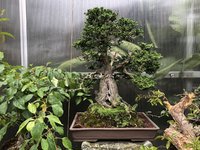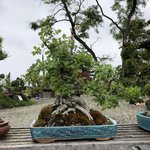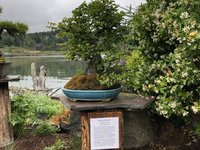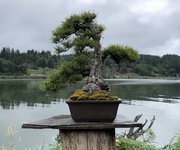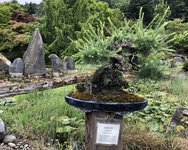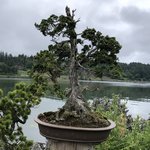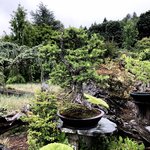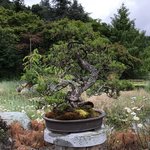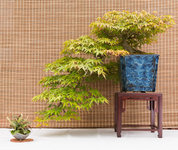Carapace
Yamadori
So I was watching an interview of Dan Robinson by Maria Walton from the PSBA Website youtube channel (The interview ). I know that Dan doesn't repot his trees, but he said something interesting about not repotting them, he said (at min. 57.03) that because the roots don't have the space to grow, the trunk grows.
I just want some opinions if anyone knows anything about this phenomenon.
I just want some opinions if anyone knows anything about this phenomenon.

